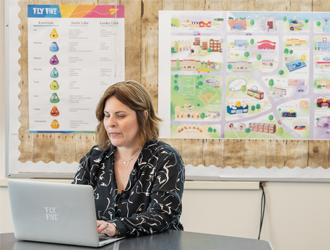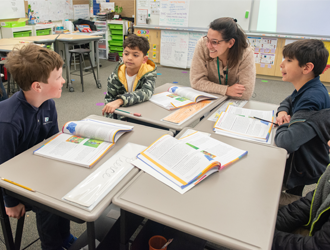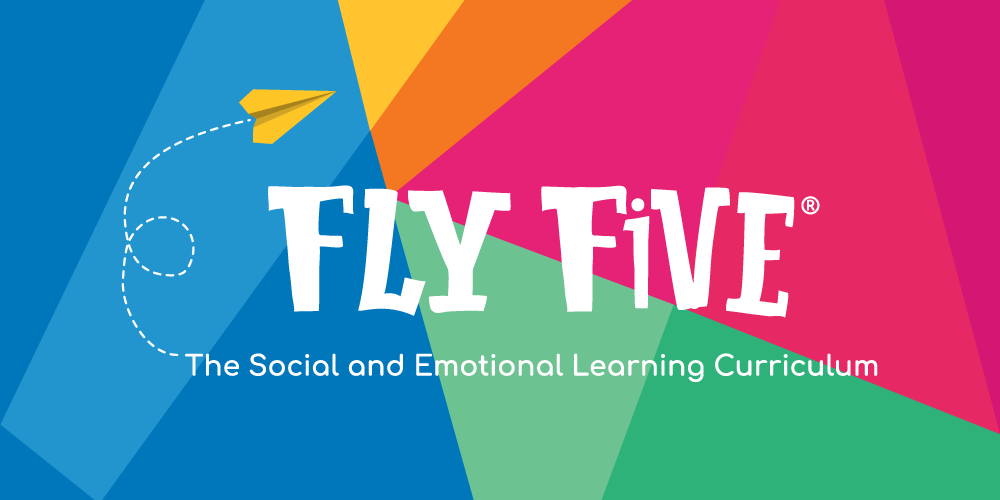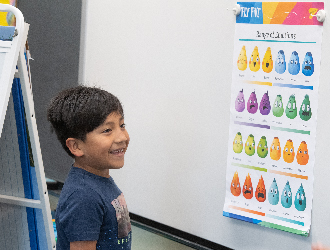Solving the Four-Square Conflict

The Challenge
At the beginning of the school year, fifth grade co-teachers Ina Pannell-Saint Surin and Laura Burns heard about a conflict on the playground. Students were having a hard time transitioning from recess back into class, and the tension—from a popular game of four square—was creeping in. Together, both co-teaches shifted gears to cover Fly Five lessons on assertiveness, where students practiced developmentally appropriate strategies for how to seek help, problem-solve, and peer mediation skills.
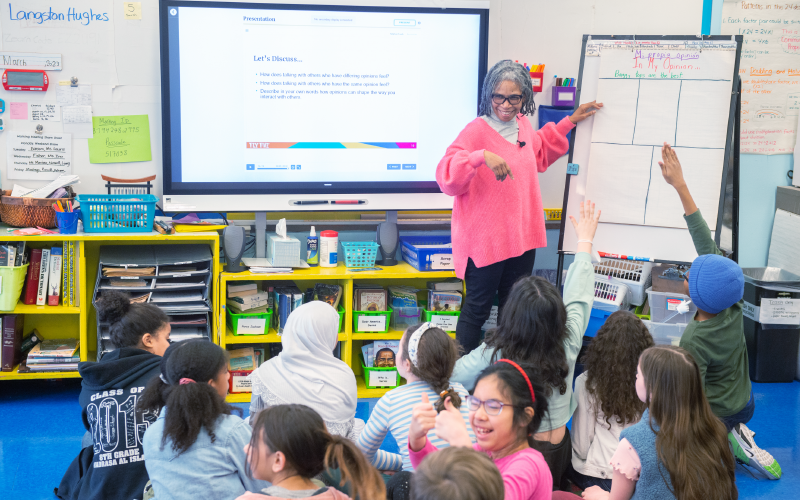
From Four-Square to Four Strategies
Ina knew something had to change, and that implementing social-emotional learning strategies was the answer. Over the course of two months, students began to tackle the issue of four-square together. They were given opportunities to express themselves through new vocabulary, role-play how a fair four square game is played, and rewrite the rules in a way that not only benefits their classroom community—but all fifth graders in the school.
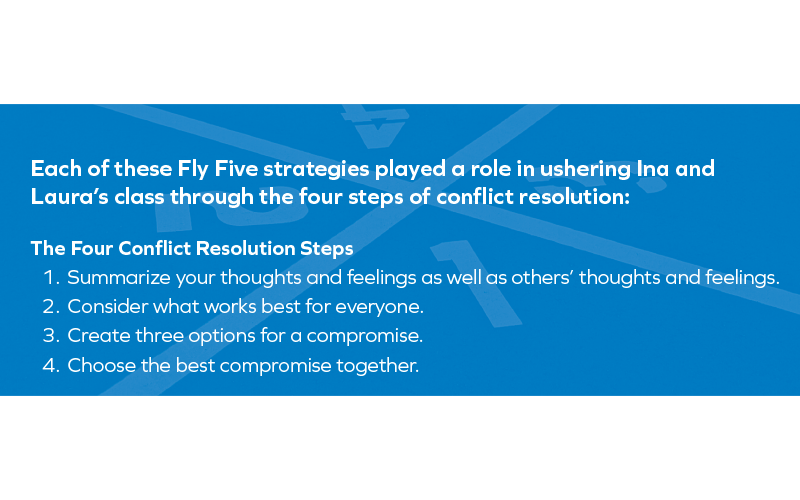
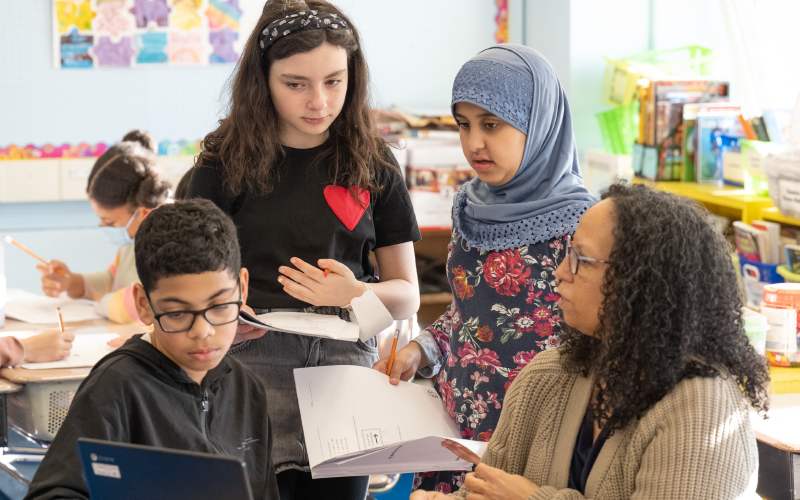
A Brand New Court
Putting their Fly Five assertiveness skills into action and deepening their competence, students in Ina and Laura’s classroom wrote a pledge dedicated to making four-square more fair for all players. After getting signatures from students in each fifth-grade classroom, they began applying their conflict resolution techniques on the court and asking adults for help in the moment.
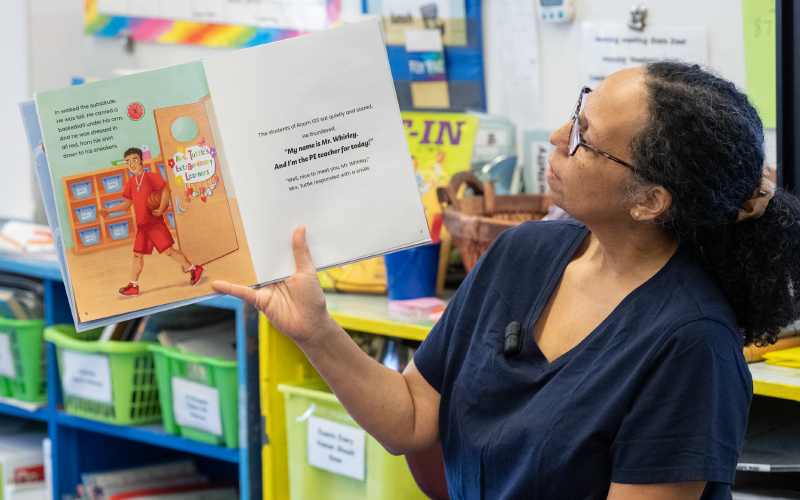
Ina and Laura saw that students were taking their skills beyond Fly Five lessons. Students began to feel like they had a voice and agency to navigate sticky situations, which resulted in their school adding a second—brand new —four-square court on the playground.



